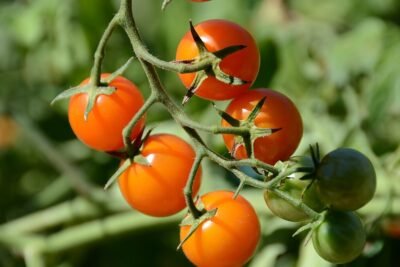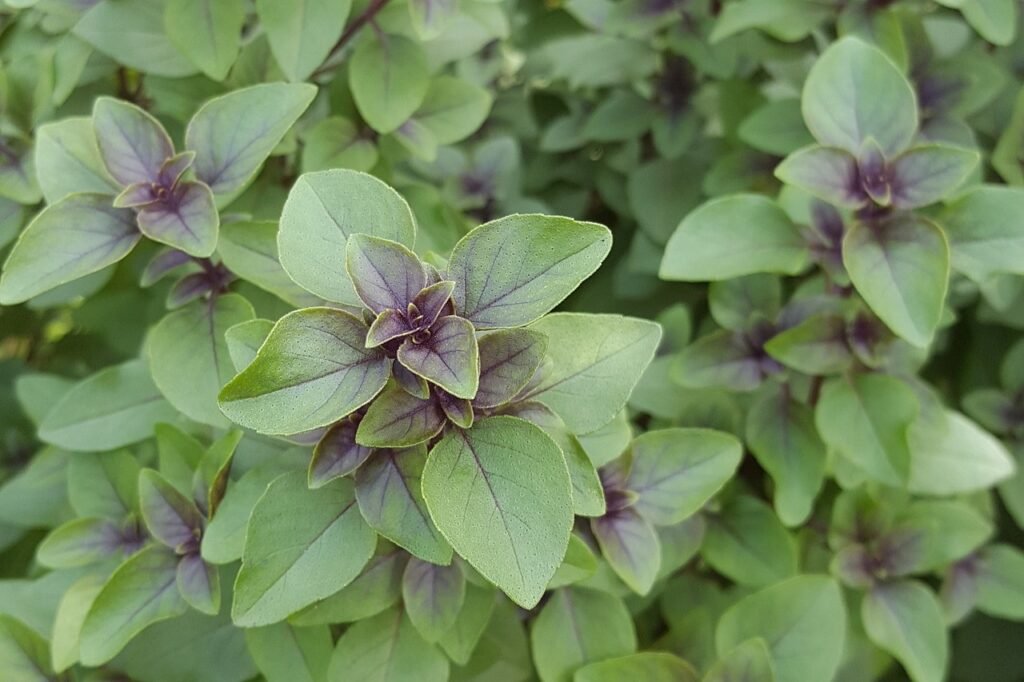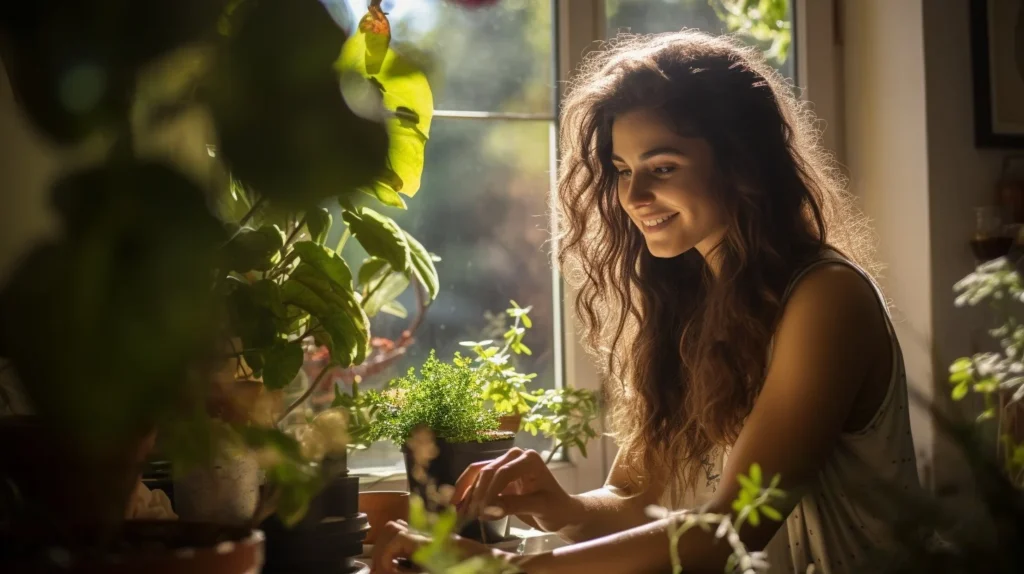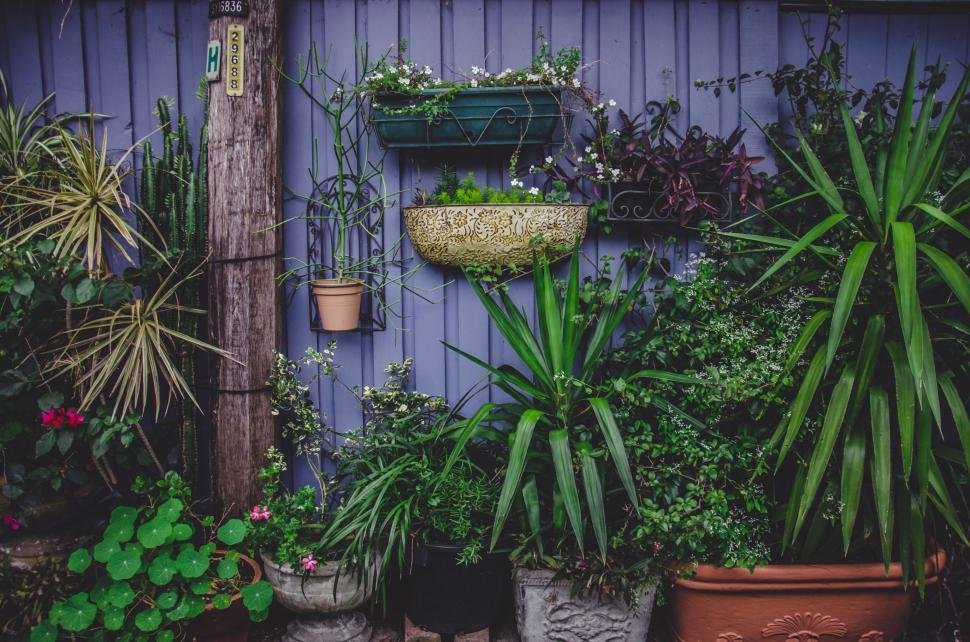
A Beginner’s Guide to Growing Aromatic Herbs at Home

Imagine plucking a fresh sprig of basil right from your windowsill to sprinkle over your pasta. Or picking mint leaves to flavor your morning tea. Sounds lovely, right? The good news is that you can grow aromatic herbs right at home, even if you live in a small apartment.
But here’s where it gets interesting. Most people think herbs are easy, plant them in any pot, and expect them to thrive. Then they wonder why their basil wilts, their thyme dries out, or their rosemary never grows. This guide will help you avoid those problems. Keep reading to find out exactly what you need and how to start your own little herb garden indoors or on your balcony.
Why Start With Aromatic Herbs?
Herbs like basil, mint, parsley, rosemary, and thyme are great for beginners. They grow quickly, don’t need a lot of space, and can be grown in pots. Best of all, you can use them in your cooking almost every day. You don’t need to spend money at the store when you have your own mini herb garden at home.
What You’ll Need to Grow Herbs at Home
Before you start, gather these basic items:
- Containers with drainage: Herbs hate soggy roots. Choose pots with holes at the bottom so extra water can escape.
- Potting mix: Use a light, well-draining potting mix. Don’t use garden soil, as it can hold too much water and bring bugs indoors.
- Sunlight or a grow light: Herbs love the sun. Place them near a window that gets at least 5 to 6 hours of light a day. If that’s not possible, you can use a small LED grow light.
- Seeds or seedlings: For beginners, buying small herb plants (seedlings) is easier than starting from seeds, but both options work.
- Watering can or spray bottle: To water your herbs gently and evenly.
Best Aromatic Herbs for Beginners

Here are five herbs that are easy to grow at home:
1. Basil
Loves sun and warmth. Needs regular watering but doesn’t like soggy soil. Great for salads, pasta, and pesto.
2. Mint
Very easy to grow but can spread fast. Keep it in its own pot. Perfect for drinks, teas, and desserts.
3. Parsley
Grows well in part shade. Needs regular watering. Use it fresh in salads, soups, and sauces.
4. Thyme
Drought-tolerant once grown. Needs full sun and well-drained soil. Great for meats and roasted vegetables.
5. Rosemary
Likes sun and does not need much water. Let the soil dry out between watering. Tastes great in bread, potatoes, and stews.
How to Plant and Care for Your Herbs

Step 1: Fill the Pots
Add potting mix to each container, leaving about an inch of space at the top.
Step 2: Plant the Seeds or Seedlings
If using seeds, follow the packet instructions. Usually, you’ll place seeds about ¼ inch deep and lightly cover them with soil. If using seedlings, dig a small hole and place the root ball inside, then gently press the soil around it.
Step 3: Water Lightly
Use a watering can or spray bottle. Water gently so the soil is damp but not soaked.
Step 4: Give Them Light
Place your herbs where they’ll get the most light. Rotate the pots every few days so the plants grow evenly.
Step 5: Feed Once a Month
Use a natural liquid fertilizer every 4 weeks to keep herbs healthy and strong. Avoid overfeeding, which can cause herbs to lose their flavor.
Harvesting Tips for Maximum Flavor
The best part about growing herbs is using them in your food. But how and when you harvest matters:
- Start harvesting once the plant has enough leaves to spare. Don’t cut more than one-third of the plant at a time.
- For basil and mint, pinch off the tips just above a pair of leaves. This encourages the plant to grow bushier.
- Always use clean scissors or fingers to avoid damaging the plant.
Common Mistakes to Avoid
Overwatering
Too much water is one of the biggest problems. Always check the soil before watering. If the top inch is dry, it’s time to water.
Too little light
If your herbs are growing tall and thin, they might not be getting enough light. Move them to a sunnier spot or use a grow light.
Planting too many herbs in one pot
Each herb needs its own space. Putting too many in one pot makes them compete for water and light.
Forgetting to prune
Herbs like basil and mint need regular trimming to grow well. If you don’t prune, they can become leggy or stop producing new leaves.
Extra Tips for Success
- Turn your pots once a week so all sides of the plant get sunlight.
- Group herbs with similar light and water needs together.
- If you go on vacation, ask a friend to water your herbs or use a self-watering pot.
Final Thoughts
Growing aromatic herbs at home is fun, easy, and useful. You don’t need a big yard or a lot of money. Just a few pots, some sunshine, and a little care can give you fresh herbs year-round. It’s a great way to make your meals taste better and to bring a bit of green into your living space.
Once you feel confident, you can try growing new herbs or even make your own indoor herb wall. The more you grow, the more you’ll enjoy it. And soon, you’ll have your own kitchen garden just steps away from your stove.
If you want to see other articles similar to A Beginner’s Guide to Growing Aromatic Herbs at Home you can visit the category Urban Gardening.




Leave a Reply